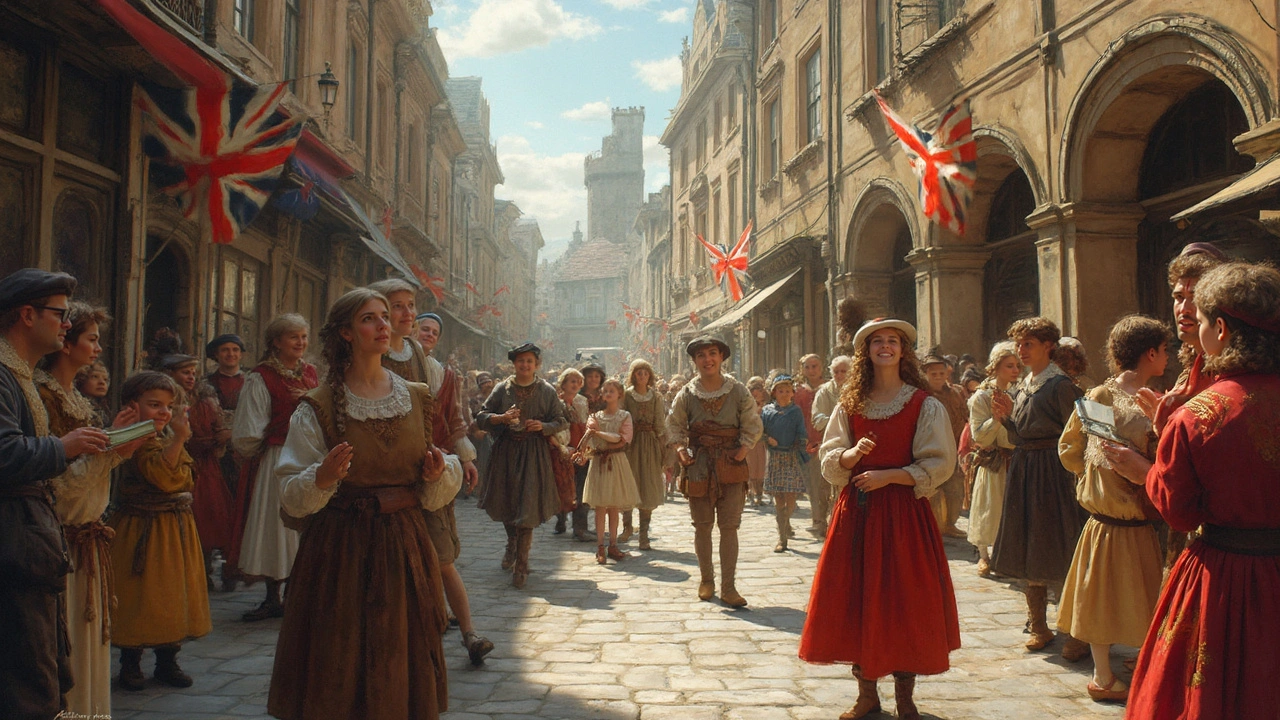Italy: Read the Buildings Like a Local
Want to understand Italy without a guidebook? Look up. Italian cities are open-air lessons in architecture and art — Roman engineering, Renaissance balance, Baroque drama, and unexpected Byzantine and Gothic touches. You don’t need degrees to notice the differences. A few quick tips will make your next walk feel like a small discovery tour.
Spot the styles, fast
See rounded arches, thick stone walls, and heavy piers? That’s Romanesque or earlier Roman influence. Spot a perfect dome, clear symmetry, and columns referencing classical orders? That’s Renaissance — think Brunelleschi’s dome in Florence. Run into dramatic curves, lavish frescoes, and theatrical stairways? Baroque is showing off. Gothic reveals itself through pointed arches and tall stained-glass windows, while Byzantine lives in mosaics and gold-lit interiors (Venice is a great place to see that mix).
Example: the Pantheon’s simple, perfect dome tells you about Roman engineering; Florence’s Duomo shows how architects reused classical ideas with new math; St. Peter’s mixes Renaissance proportion with Baroque drama. When you see an aqueduct or an amphitheater, you’re looking at engineering that changed city life — and still shapes modern design.
Where to start in Italy — practical picks
If you’ve got one day: wander Rome. See the Colosseum, Pantheon, and a slice of Roman streetscape. Two days: add Vatican museums and St. Peter’s for Renaissance and Baroque art. Three days or more: train to Florence for Renaissance architecture and to Venice for Byzantine mosaics and gothic palaces.
Want hidden gems? Look past the main squares. Smaller towns carry intact Romanesque churches and Renaissance palaces that don’t require crowds. In Rome, try exploring lesser-known sites beyond the Colosseum — ruins, small basilicas, and rebuilt medieval lanes tell the city’s layered story. In northern Italy, Palladian villas show how classical ideas influenced everyday buildings and modern urban design.
Quick tips while you walk: keep an eye on materials (brick vs. marble vs. stucco), arch shapes (rounded vs. pointed), and rooflines (domes and domed profiles). Interiors reveal a lot too — frescoes and mosaics point to different periods and local tastes. If you like details, look for carved capitals on columns and how facades use symmetry or movement.
Preservation matters. Many Italian towns balance tourism with conservation: follow site rules, don’t touch delicate surfaces, and support local restoration projects when you can. That helps these buildings stay readable for the next visitor.
Ready to see Italy differently? Start with a street, pick a building, and ask what it tells you about power, faith, technology, or daily life. Once you learn to read those clues, every piazza becomes a small story ready to surprise you.

Renaissance Unpacked: A Real Look Back in Time
Take a down-to-earth stroll through the Renaissance, exploring what really went on behind the famous art, science, and wild ideas of the time. Find out how teenagers inspired artists, why street games mattered, and how some ideas shaped the modern world. Get surprising facts, straight talk, and a fresh way to see an old era. Even if you’ve never admired a painting, you’ll walk away with tips to actually use today.
Read more